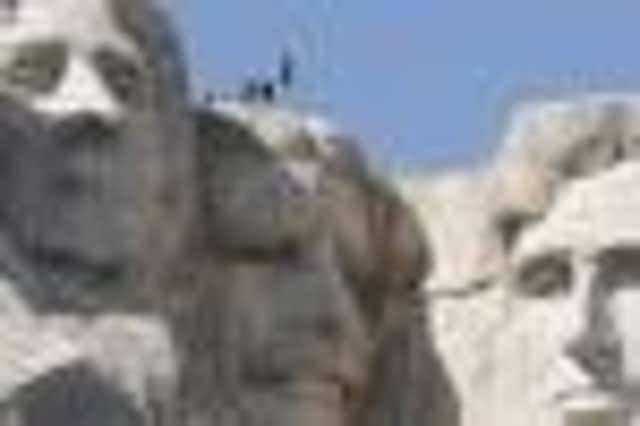Historic Scotland and Glasgow school of Art help preserve Mount Rushmore through innovative 3D modelling


The fly through animations of Mount Rushmore in 3D are the product of a joint venture between Scotland and the United States, which has created a highly accurate three-dimensional model of the Park and its globally recognised sculptures.
Conservation and technology experts from Historic Scotland and Glasgow School of Art, in collaboration with American partner CyArk and the National Park Service, produced the material.
Advertisement
Hide AdAdvertisement
Hide AdThe animation formed part of the Scottish Ten international programme, which is digitally recording Scotland’s World Heritage sites and five others of international importance.


Scottish sites covered in the project include St Kilda, Skara Brae in Orkney and New Lanark.
At Mount Rushmore, the digital record will help preserve the monument and increase public access to Park resources, by providing virtual access to restricted areas and artefacts.
The animated fly-through produced by Historic Scotland and Glasgow School of Art allows digital visitors to
view the presidents’ heads from previously unseen angles.
CyArk, founder Ben Kacyra said: “It is an honour for our organisation to digitally preserve such an important monument to the American spirit for generations to come. The CyArk website gives free access to users across the globe, allowing them to experience Mount Rushmore alongside other culturally significant world heritage sites.”
The project began in May 2010 when Mount Rushmore National Memorial and CyArk collaborated with Respec Engineering, Wyss Associates and the Centre for Digital Documentation and Visualisation.